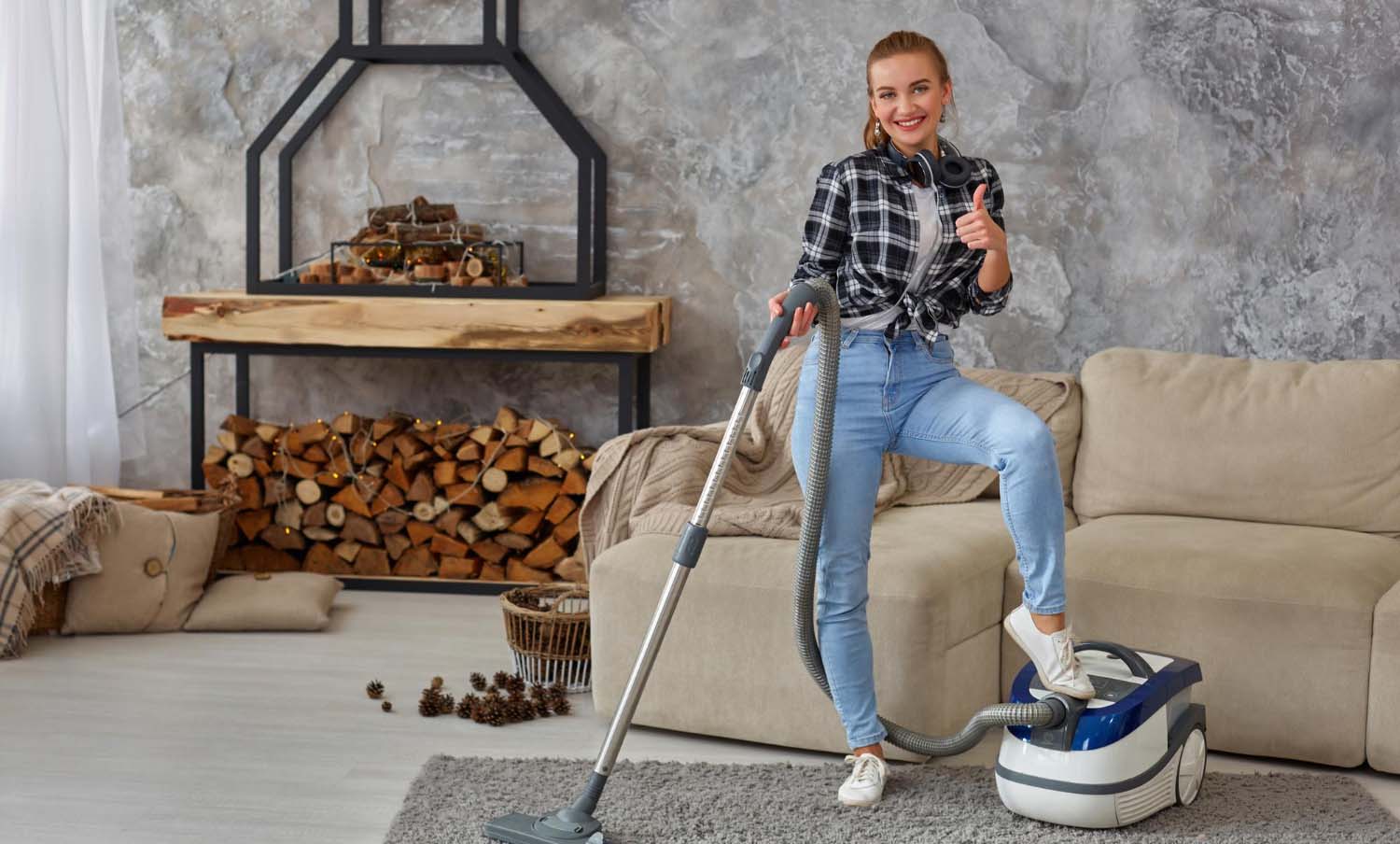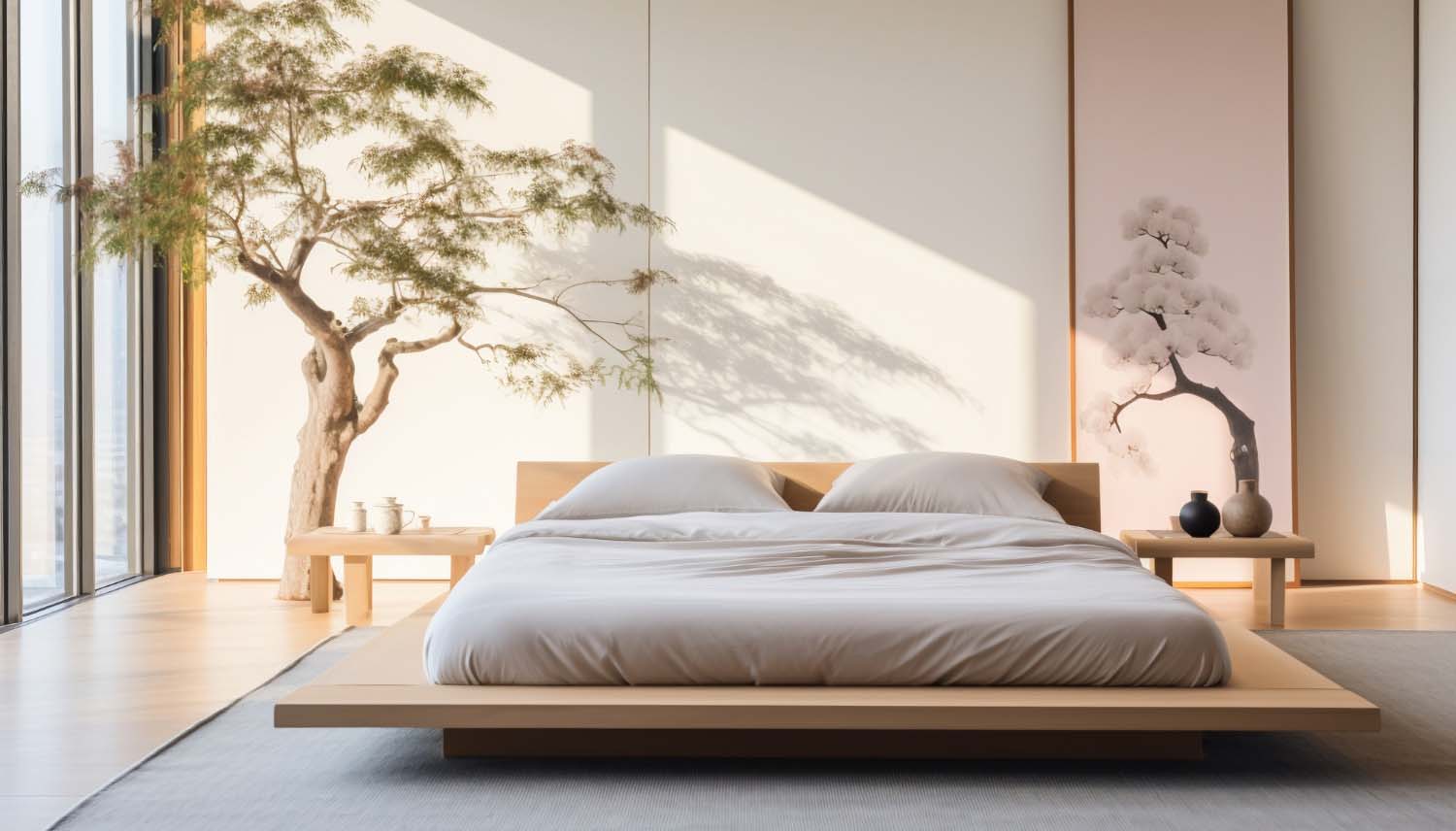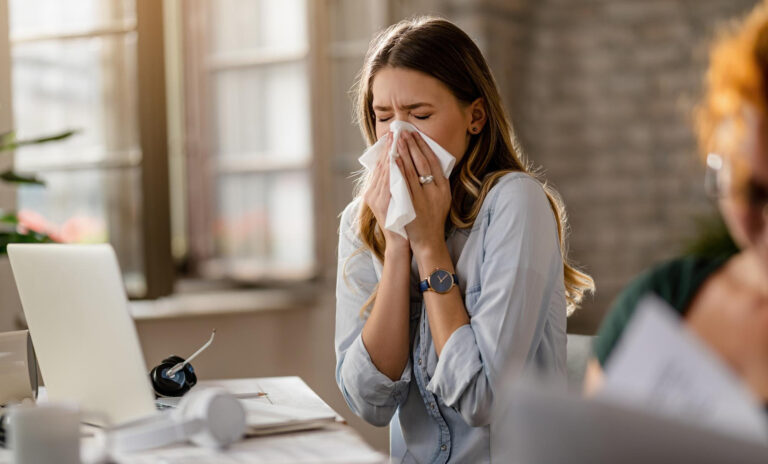“Allergies got you down? Transform your home into an oasis of fresh air and allergy relief with these simple, practical tips and tricks.”
Living with allergies can be a constant struggle. From sneezing and itchy eyes to congestion and fatigue, allergies can significantly impact your quality of life. Creating an allergy-free environment in your home is essential for those who suffer from allergies or asthma. By taking proactive steps to minimize allergens and improve indoor air quality, you can breathe easy and enjoy a healthier home. In this article, we will dive into a comprehensive guide on how to create an allergy-free environment in your home.
1. Dust and Vacuum Regularly

Keeping your home clean is the first line of defense against allergens. Dusting and vacuuming should be done at least once a week, paying close attention to areas where allergens tend to accumulate. Use a damp cloth or microfiber duster to trap dust particles instead of just moving them around. When vacuuming, opt for a vacuum cleaner with a HEPA (High-Efficiency Particulate Air) filter, which can capture small particles such as pollen, pet dander, and dust mites effectively.
Expert Tip:
“Consider using a vacuum cleaner with a sealed system to prevent allergen particles from escaping back into the air.”
2. Wash Bedding Regularly
Your bed can be a haven for allergens, especially dust mites. To create an allergy-free sleeping environment, wash your bedding, including sheets, pillowcases, and blankets, at least once a week in hot water. Hot water is crucial, as it helps kill dust mites and remove allergens effectively. Additionally, consider using allergen-proof covers on your pillows and mattresses to create a barrier against dust mites.
3. Keep Humidity in Check
High humidity levels can promote the growth of mold and dust mites, both of which are common allergens. It’s crucial to maintain optimal humidity levels in your home to prevent these allergens from thriving. The ideal humidity range should be between 30% and 50%. You can use a dehumidifier in damp areas such as basements, bathrooms, or kitchens to reduce moisture levels. Additionally, ensure proper ventilation in these areas to prevent mold growth.
Expert Tip:
“Investing in a hygrometer can help you monitor the humidity levels in your home, ensuring they remain within the recommended range.”
4. Replace Air Filters Regularly
HVAC systems play a significant role in maintaining indoor air quality. However, if not properly maintained, they can circulate allergens and pollutants throughout your home. To avoid this, it’s essential to replace your air filters regularly. Most filters should be replaced every three months, but if you have allergies, you may want to replace them more frequently. Look for filters labeled with a Minimum Efficiency Reporting Value (MERV) of 8 or higher, as they can effectively trap allergens.
5. Minimize Allergens from Pets
Pets can be a major source of allergens, especially pet dander. If you have allergies but can’t bear to part with your furry friend, there are steps you can take to minimize allergens from pets. Keep them out of the bedroom to create a sanctuary free from pet allergens. Regularly brush and bathe your pets to reduce the amount of dander they shed. Vacuum your home frequently, using a vacuum cleaner with a HEPA filter designed to capture pet allergens.
6. Create an Allergy-Friendly Bedroom

Your bedroom should be a sanctuary for restful sleep, free from allergens that can disrupt your rest. Consider implementing the following steps to create an allergy-friendly bedroom:
-
Encase your mattress, pillows, and comforter in allergen-proof covers.
-
Remove carpets and opt for hardwood or laminate flooring, as they are easier to clean.
-
Avoid heavy curtains and opt for washable window treatments.
-
Keep clutter to a minimum, as it can attract dust and allergens.
-
Wash stuffed toys regularly or keep them out of the bedroom if they can’t be washed.
7. Keep Pollen at Bay
Pollen allergies can be particularly challenging, especially during certain seasons. To minimize exposure to pollen in your home, try the following strategies:
-
Keep windows and doors closed during peak pollen times, such as early morning or when it’s windy outside.
-
Use air purifiers with HEPA filters to capture pollen particles and keep indoor air clean.
-
Remove outdoor clothing and shoes before entering your home to prevent bringing pollen indoors.
-
Shower and wash your hair before bed to remove any pollen that may have accumulated throughout the day.
Conclusion
Creating an allergy-free environment in your home is crucial for improving your quality of life and minimizing allergic reactions. By following the tips and strategies discussed in this article, you can significantly reduce allergens and enjoy a healthier, more comfortable home. Remember to regularly clean, maintain proper humidity levels, replace air filters, and take specific measures to minimize the presence of common allergens. With these simple steps, you can breathe easy and create an environment that promotes optimal well-being.
“Don’t let allergies control your life. Take charge of your home environment with these practical tips and breathe easy again.”



Breathe Easy: How to Create an Allergy-Free Environment in Your Home